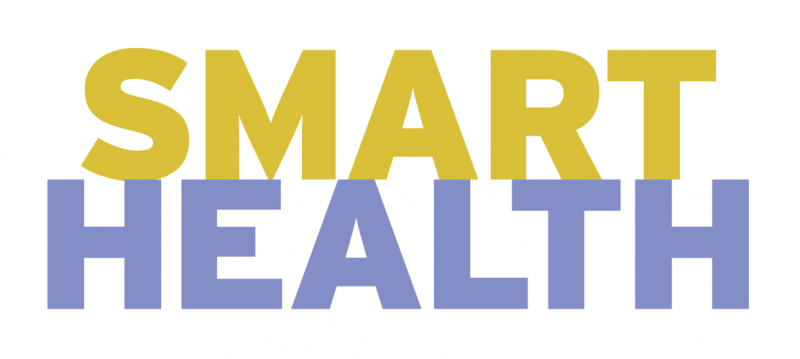Mammograms save lives

Women should begin screenings at age 40
Conflicting recommendations during the past few years have increased confusion among women regarding the value of mammography and its role in preventing breast cancer deaths.
Despite the controversies, mammography remains the best method we have for finding breast cancer early at a curable stage. Since mammography screening became widespread in the 1990s, the U.S. breast cancer death rate has decreased by 30 percent.
You should have your first mammogram at age 40. Why? Because it results in the greatest mortality reduction, the most lives saved, and the most life years gained. Breast cancer incidence increases substantially around age 40. The incidence rate for ages 40-44 is twice that for ages 35-39. In fact, one in six breast cancers occur in women age 40-49.
One in eight women will develop breast cancer in their lifetime. Of these women, three in four will have no family history of breast cancer.
The years of life lost to breast cancer are highest for women in their 40s, and 40 percent of all the years of life saved by mammography are among women in this age range.
A recent study showed that more than 70 percent of the women who died from breast cancer in their 40s at major Harvard teaching hospitals were among the 20 percent of women who were not beeing screened.
Lower cancer chance
By not getting annual mammograms starting at age 40, you increase your chances of dying from breast cancer and the likelihood that you will experience more extensive and expensive treatment for any cancers found. If you have a family history of breast cancer or you are otherwise at increased risk, let your doctor know and discuss the best screening plan for you.
Lastly, a healthy lifestyle decreases risk for cancer and many other diseases. Eat a healthy diet low in fat with plenty of fresh fruits and vegetables, and exercise regularly. Avoid alcohol and cigarettes, both of which increase the risk for breast and other cancers.
But remember, even women with a healthy lifestyle may develop breast cancer, and there is no substitute for screening mammography to find cancers early and reduce deaths from breast cancer.
Dr. Margaret Szabunio for the September 2016 issue

